Manufacturing issues are one of the top reasons that we see warranty returns and loss of market share in the electronics industry. Issues like supply chain failures related to design can damage a brand’s reputation irreparably. Therefore, companies must have a design for manufacturability (DFM) protocol in place to mitigate these problems.
Now, this guide will define design for manufacturability, look at its importance for manufacturing organizations, outline some fundamental principles, and conclude with a look at the steps of design for manufacturability.
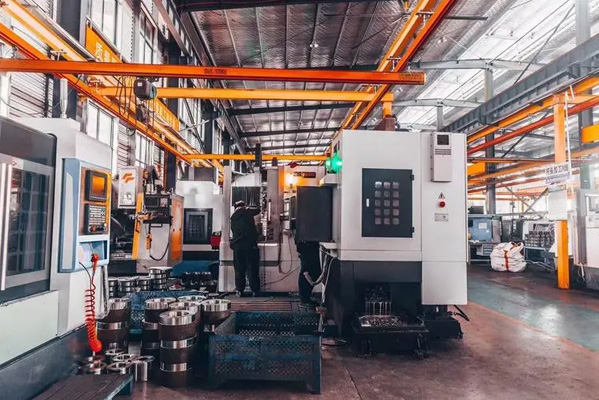
Design for manufacturability, also known as design for manufacturing (DFM), is the engineering approach focused on optimizing product design to enhance ease of manufacturing and minimize production costs while meeting form, fit, and function requirements. Effective DFM implementation in manufacturing operations involves utilizing various analyses tailored to different products and production techniques, such as managing tight tolerances and cooling times for molded components, selecting appropriate materials, and choosing suitable fixture designs. Given the diverse manufacturing processes like tooling and injection molding, DFM plays a crucial role in ensuring design and manufacturing, product quality, and cost control throughout the product development cycle.
Moreover, DFM establishes quality criteria for manufacturability, including maintaining consistency in raw materials and components, streamlining the assembly process, and reducing the number of parts. Implementing DFM early in the product design phase yields maximum effectiveness, leading to better decisions during the design process, minimizing redesigns and supply chain disruptions, delivering high-quality products, accelerating time to market, and generating significant cost savings.

The history of Design for Manufacturability (DFM) shows that while traditional design processes considered manufacturing, Design for manufacture has emerged as a formal, analytical method to address manufacturing concerns, marking a significant departure from past practices.
Previously, manufacturers heavily relied on trial-and-error methods and past experiences due to limited production modeling capabilities. The introduction of 3D printing has helped in recent years, but it can still be time-consuming and costly. Without digital manufacturing simulation, historical projects were often the only source of data for assessing manufacturability.
Calculations were mostly ad hoc and tools like design sheets could not analyze complex relationships between manufacturing designs, sustainability, and cost structures effectively. Additionally, there was a clear separation between design and production roles, leading to potential challenges as critical production parameters were essentially determined during the design phase.
Design for manufacture and assembly are two closely related ideas and distinguishing between design for manufacturing and assembly can be beneficial for you to understand DFM. Design for assembly involves creating products that are easy to assemble and disassemble for maintenance purposes. This approach typically emphasizes principles such as reducing the number of parts, ensuring easy insertion of parts, and simplifying assembly procedures with repetitive motions. These same strategies can also contribute to sustainability efforts. By minimizing the number of parts and facilitating disassembly for maintenance, the carbon footprint can be reduced.
In contrast, design for manufacturability focuses on proactively designing products in a way that reduces the carbon footprint during and after production. It is more specific than design for assembly, which encompasses various manufacturing processes such as sheet metal fabrication, plastic molding, casting, and machining.
For any business looking to make money and create profitable products, Design for Manufacturability (DFM) is crucial for enhancing efficiency, speed, and productivity. It is estimated that around 70% of a product's manufacturing expenses stem from design choices made during the early stages, including material selection and manufacturing methods. Therefore, DFM offers significant cost-saving potential by focusing on the design phase to reduce the overall production costs. Moreover, DFM can help in identifying, quantifying, and eliminating waste or inefficiencies at different stages of manufacturing, leading to improved processes. DFM can also serve as a design feedback tool, allowing companies to evaluate their products against those of competitors.
Reduced production costs
Faster time-to-market
Streamlined product development
Accelerated production readiness
Simplified assembly through part consolidation
Vigorously identifying and rectifying errors, ensuring product perfection
Enhanced product quality through iterative design
Ensuring an extremely safe work environment by relocating construction activities, prioritizing employee well-being and operational safety
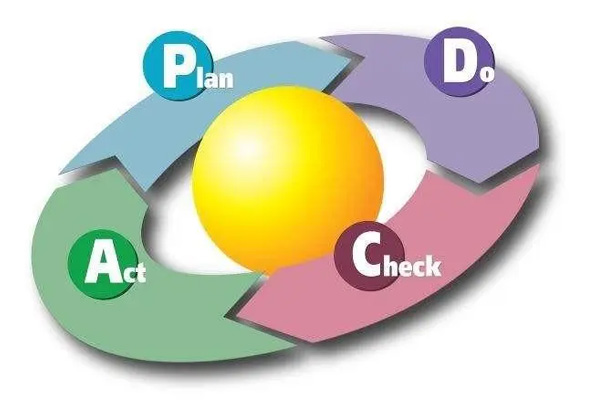
The practice of Design for Manufacturing helps address these problems by enabling access to the right data at the right time. It does so by adhering to the following key principles:
Choice of Manufacturing Processes
The selection of production methods significantly impacts a product's overall cost structure and environmental impact. When considering various component designs based on functional requirements, there is often flexibility to choose from different production methodologies. A well-structured Design for Manufacturability (DFM) strategy should have the capability to evaluate each option based on multiple criteria. For example, one production method, like simple taper designs may offer slightly lower per-unit costs but result in higher distribution expenses, offsetting the initial cost advantage. Another scenario could involve a product design that necessitates numerous processes, potentially increasing the carbon footprint instead of reducing it.
Design choices reflect manufacturing reality.
You can look at the utilization of should-cost analysis to improve supplier negotiations and relationships. Additionally, when focusing on cost-effective redesign, leveraging manufacturing cost simulation tools can aid in identifying specific factors leading to cost overruns for components. These factors may range from excess weight increasing transportation expenses to manual welding requirements elevating labor costs.
Requirement-driven tolerances and BOM
Enhance the efficiency of Bill of Materials (BOM) transformation from product design to manufacturing planning by optimizing structures, 3D conversions, and configuration rules. Enhance traceability and connectivity among plant-specific Manufacturing BOMs (MBOMs), and simplify BOM alignment through the utilization of MBOM associativity and a unified change management system. This approach leads to increased cross-disciplinary collaboration and improved product outcomes.
Tooling selection
The choice of tooling is crucial in manufacturing processes. Even if a component has a relatively low per-unit cost, it can significantly complicate production if it requires specific tooling setups or production lines. A comprehensive Design for Manufacturability (DFM) strategy should assess the overall costs associated with different design choices related to tooling requirements. For example, a slightly more expensive part may be more cost-effective if it eliminates the need to transport products to a different production line. Another instance is additive manufacturing, where using lightweight materials for vehicle production may initially be pricier but can result in a lighter, faster, and more fuel-efficient vehicle, reducing both carbon footprint and overall expenses.
Unify change management between product and manufacturing engineering.
Align and standardize the process of change management across product design and manufacturing engineering departments. Every modification made by design engineers, such as altering a work procedure or substituting a part, reverberates through the manufacturing facility. By enhancing transparency and traceability in the change management process, manufacturers can proactively evaluate the repercussions of any modifications at an earlier stage. Enhancing the efficiency of implementing these changes will significantly minimize the need for rework and reduce wastage in production processes.
Create a standards-based data exchange between product development and other enterprise systems.
Establish a data interchange protocol based on industry standards to connect product development with various enterprise systems. These systems may encompass ERP (Enterprise Resource Planning), APS (Advanced Planning and Scheduling), MES (Manufacturing Execution System), QMS (Quality Management System), and manufacturing intelligence systems. By employing unified design and parts information consistently throughout organizational processes and personnel, companies can generate and oversee downstream outputs like documents, workflow plans, and resource directives. This practice can enhance operational efficiency and product quality across the enterprise.
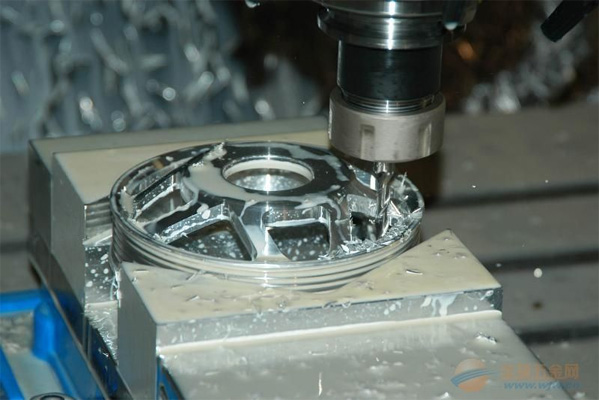
Designing for Manufacturing is an effective approach to cost-saving and ensuring the production of a high-quality product. However, the process of initiating Design for Manufacturing may seem daunting for many companies. Nonetheless, it does not have to be a complex task. In the following segment, three straightforward steps that organizations can follow to seamlessly integrate Design for Manufacturing into their operations will be shown:
1. Integrate DFM Analysis at the Onset of the Design Phase
It is crucial to introduce manufacturing and sustainability considerations early in the design process to maximize the potential for alterations. As production tooling commences, the opportunities for re-engineering diminish. To fully leverage the advantages of DFM, a range of rigorous analyses, which are most effective during the design stage, should be conducted. Employing appropriate software is essential for conducting thorough analyses without hindering creativity, jeopardizing sustainability objectives, or causing delays in product development schedules.
2. Recognize Opportunities for Cooperative Product Development
Identifying Opportunities for Collaborative Product Development Collaborative product development involves close cooperation between production and design engineers, particularly when manufacturing is done internally. This collaboration is crucial for ensuring that design choices align with manufacturing capabilities and limitations. Furthermore, when collaborating with suppliers to produce living hinge designs, Design for Manufacturability (DFM) serves as a bridge between the two parties, aiding in the early detection and resolution of manufacturing issues while supporting sustainability goals. This collaboration is even more critical now as Original Equipment Manufacturers are increasingly outsourcing production to supply chain partners in different locations and time zones, sometimes with language barriers. DFM analysis, facilitated by digital manufacturing simulation tools, enables effective communication and collaboration between parties that was previously impossible.
3. Integrate with a Broader Strategy for Manufacturing Cost
Incorporating into a Broader Manufacturing Strategy Cost analysis during the design phase can be challenging, especially when it comes to assessing manufacturability. However, manufacturability is not the sole factor affecting a product's angle design. Various considerations, such as product dimensions, design threads, material efficiency, waste reduction, tooling expenses, labor costs, and overhead, all play a significant role in determining the overall cost of a product (and are closely linked to manufacturability). To gain further insights on cost reduction and saving money, you may want to tune in to our podcast discussing cash management strategies during economic downturns (p.s. - these tips are applicable in any situation).
Richconn strictly adheres to the rules of DFM. It helps to optimize your CAD files and designs to ensure the simplicity of the production process. Professional DFM services provide a cost-effective production process as the cost of material and feature expenses can be considerably lower.
Besides, Richconn has a skilled team of precision machining experts who would ensure your products come out the right way. With highly trained quality control experts, engineers, and designers, Richconn offers you more professional Design for Manufacturability analysis for CNC machining parts.
Richconn will check your CAD files for CNC machining manufacturability issues. This makes sure your designs are ready for manufacturing before they’re sent to the factory.
Tips on the product’s DFM are as follows:
Overall machinability
Radius and hole depth
Internal corner depth
Hole and groove diameter
Wall thickness
Richconn has rich experience in ensuring strict manufacturing processes and high-quality metal parts to meet industry standards in durability and functionality.
As discussed in this guide, the ability to analyze and understand a design's manufacturability and sustainability is crucial for driving various aspects of business value. This includes speeding up product development processes, reducing carbon emissions, promoting strong collaboration between designers and manufacturing engineers, and ultimately ensuring cost-competitive products. It is important to utilize comprehensive DFM software that can assess the implications of manufacturability across different areas such as production, labor, and distribution. This also underscores the importance of selecting the right DFM partner. Why not try contacting Richconn for a more professional design for manufacturing services now?
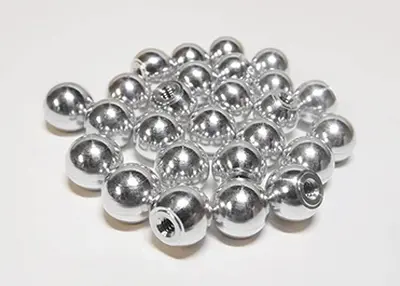 Advantages of Aluminum for CNCOctober 13, 2023Aluminum is very dimensionally stable, so you can cut away a lot of it and still keep the residual stress within limits. Using carbide tools and modern coolants will give you an excellent finish. For a matte finish, you can bead blast the parts or anodizing them for a uniform aesthetic finish and added corrosion resistance.view
Advantages of Aluminum for CNCOctober 13, 2023Aluminum is very dimensionally stable, so you can cut away a lot of it and still keep the residual stress within limits. Using carbide tools and modern coolants will give you an excellent finish. For a matte finish, you can bead blast the parts or anodizing them for a uniform aesthetic finish and added corrosion resistance.view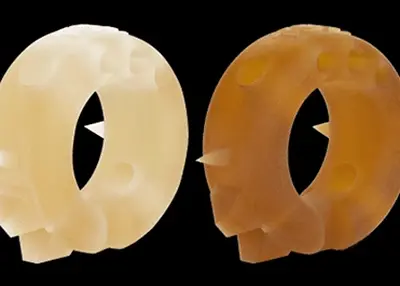 Choosing a Heat Resistant PlasticOctober 17, 2023If you've ever left a food container in the microwave for too long, you know that some plastics don't tolerate high temperatures very well. Depending on the type of container, you might be storing the food from the night before in polypropylene (PP), polycarbonate (PC) or polyethylene (PE), none of which excel at heat resistance.view
Choosing a Heat Resistant PlasticOctober 17, 2023If you've ever left a food container in the microwave for too long, you know that some plastics don't tolerate high temperatures very well. Depending on the type of container, you might be storing the food from the night before in polypropylene (PP), polycarbonate (PC) or polyethylene (PE), none of which excel at heat resistance.view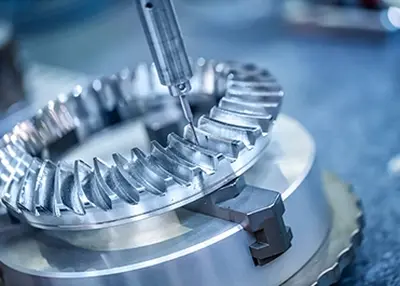 What is Metal Machining?November 3, 2023When it comes to shaping the world around us, few processes play as pivotal a role as metal machining. Whether you're a curious enthusiast or an industry professional seeking deeper insights, this article is your ultimate guide to understanding the essence of metal machining.view
What is Metal Machining?November 3, 2023When it comes to shaping the world around us, few processes play as pivotal a role as metal machining. Whether you're a curious enthusiast or an industry professional seeking deeper insights, this article is your ultimate guide to understanding the essence of metal machining.view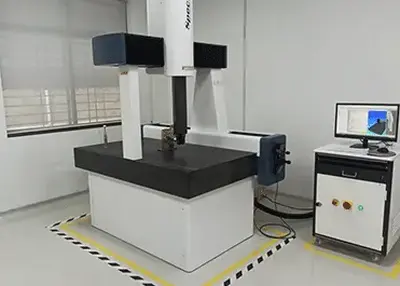 Coordinate Measuring Machines: Products with High Accuracy in Measurement ResultsDecember 1, 2023Coordinate measurement in the coaxiality detection is often encountered in our measurement work, with the three coordinates for coaxiality detection is not only intuitive and convenient, three yuan, 2.5 times the yuan and the three coordinates of the measurement results of high precision, and good repeatability.view
Coordinate Measuring Machines: Products with High Accuracy in Measurement ResultsDecember 1, 2023Coordinate measurement in the coaxiality detection is often encountered in our measurement work, with the three coordinates for coaxiality detection is not only intuitive and convenient, three yuan, 2.5 times the yuan and the three coordinates of the measurement results of high precision, and good repeatability.view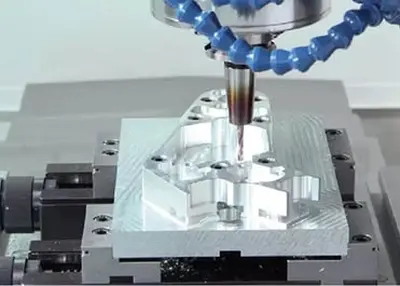 7 Types of CNC MachinesSeptember 13, 2023Here are the types of CNC machine. Read on to learn all you should know about this topic to help you select the best CNC machine type.view
7 Types of CNC MachinesSeptember 13, 2023Here are the types of CNC machine. Read on to learn all you should know about this topic to help you select the best CNC machine type.view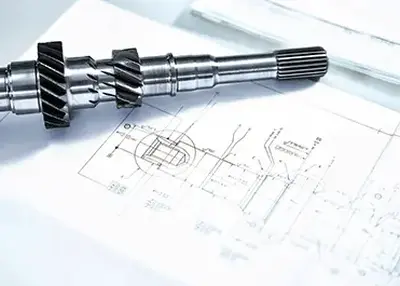 Unlocking the Secrets of Spline Machining: A Comprehensive GuideNovember 15, 2023In the intricate world of manufacturing, the precision required for creating components like splines demands a deep understanding of machining processes. In this comprehensive guide, we embark on a detailed exploration of the art and science behind spline machining, unraveling its complexities and unveiling the techniques that shape these vital engineering elements.view
Unlocking the Secrets of Spline Machining: A Comprehensive GuideNovember 15, 2023In the intricate world of manufacturing, the precision required for creating components like splines demands a deep understanding of machining processes. In this comprehensive guide, we embark on a detailed exploration of the art and science behind spline machining, unraveling its complexities and unveiling the techniques that shape these vital engineering elements.view